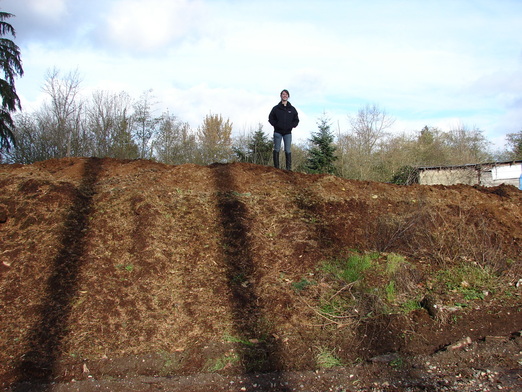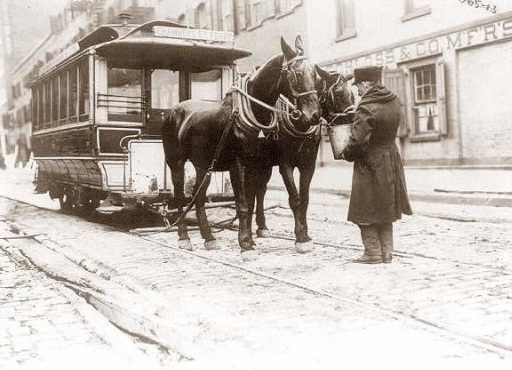Why Not Horses?
A horse usually eats about 25 pounds of food, drinks about 15 gallons of water, and produces between 15 and 35 pounds of manure every day. Farmers no longer pay for manure for use as fertilizer. The lack of demand for horse manure destroyed its market value.
"The market was so glutted, that stable owners had to pay to have the manure removed."
-Elizabeth Kolbert, The New Yorker 2009
_Horses are messy, slow and unreliable.
|
_"Iron
Horses," or trains, were invented in 1822 as a substitute, but were not
practical for short trips, especially in cities, because of limited
mobility and the infrastructure required to
|


